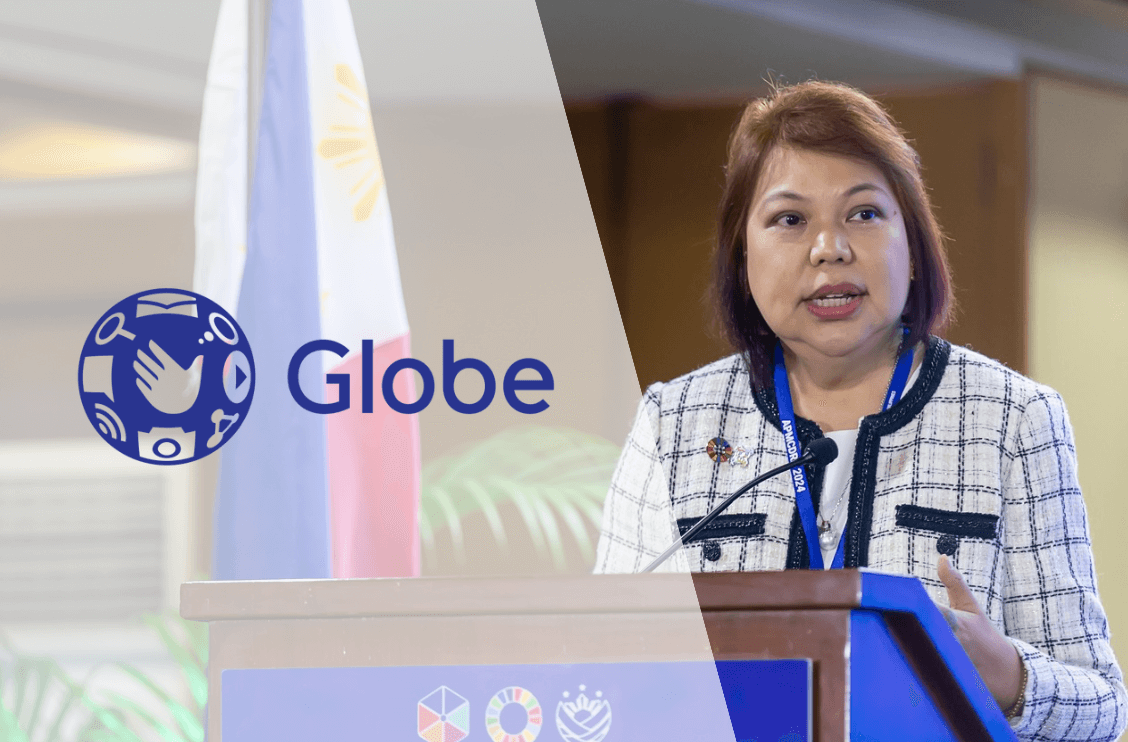

The telco highlighted its comprehensive disaster risk reduction (DRR) approach, which combines innovative technologies, robust infrastructure, and community-centered measures.
“Reliable infrastructure is crucial in ensuring reduced downtime services during disasters,” said Yoly Crisanto, Globe’s chief sustainability and corporate communications officer.
“Globe constructs and retrofits towers to withstand extreme weather, factoring in risks such as flooding, earthquakes, tsunamis, and volcanic eruptions. Backup power sources have also been installed to reduce network interruptions and ensure continuity,” she added.
Partnerships
Through its partnership with the National Disaster Risk Reduction and Management Council (NDRRMC), Globe ensures geo-tagged alerts under the Free Mobile Disaster Alerts Act reach at-risk Filipinos.
To maintain connectivity in disaster zones, Globe deploys resources like Cell site on Wheels (COW), Tower on Wheels (TOW), and Emergency Base Stations. Libreng Tawag, Libreng Charging (LTLC) stations provide critical services, while KonsultaMD offers medical and mental health support.
Employee volunteers aid recovery by distributing relief supplies, and customers can donate to partner organizations through Globe Rewards.
The company’s net-zero climate ambition strengthens its DRR efforts by addressing extreme weather risks.
Integrated tech approach
At the event, Globe vice president Emmanuel Estrada highlighted the need for a multi-channel approach to emergency communication. He advocated for integrating cell broadcasts, location-based SMS, sirens, TV, and social media for clear, consistent messaging.
Estrada also revealed Globe is exploring low-earth orbit (LEO) satellite technology to ensure uninterrupted communication in remote areas.
“In times of emergency, it is crucial that we leverage all existing and in-service technologies to send Emergency Alert Warning Messages (EAWM) to as many people as possible. This means we cannot rely solely on mobile networks,” he stressed.
